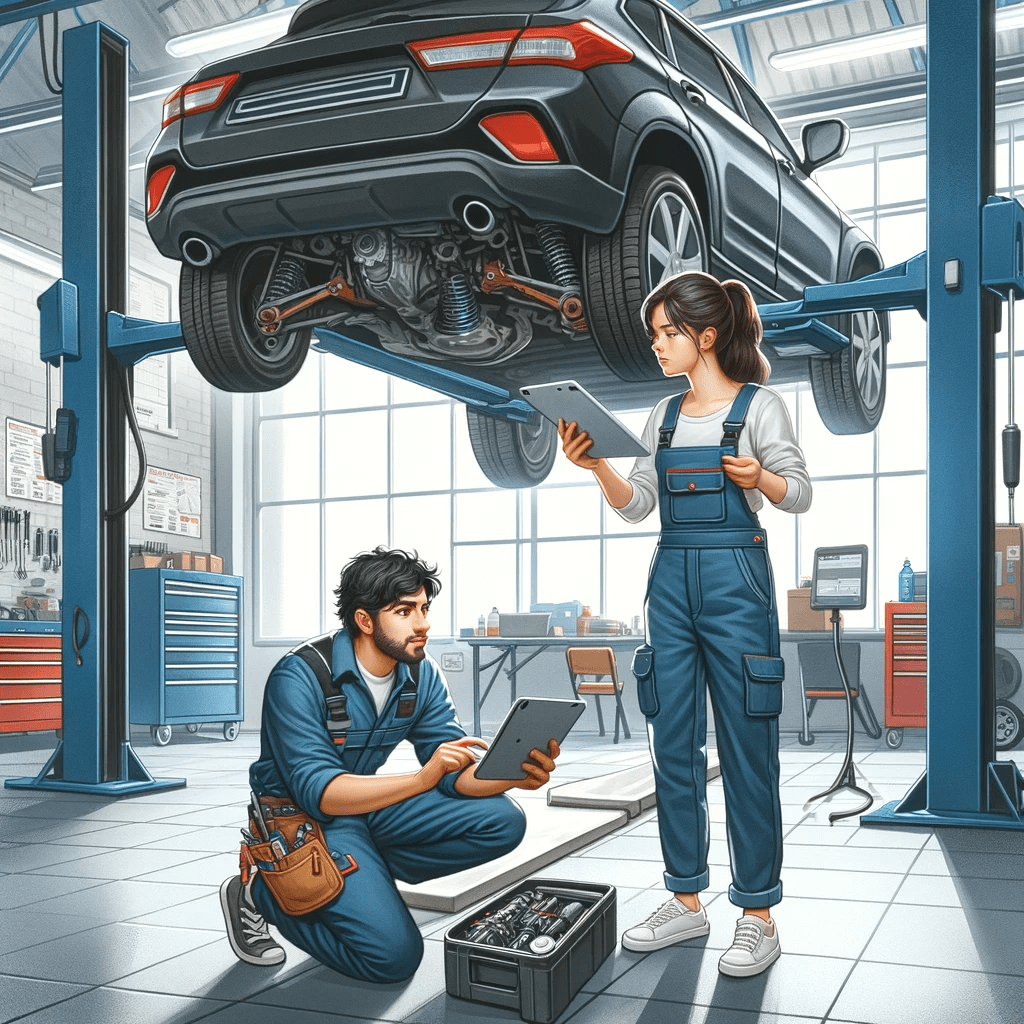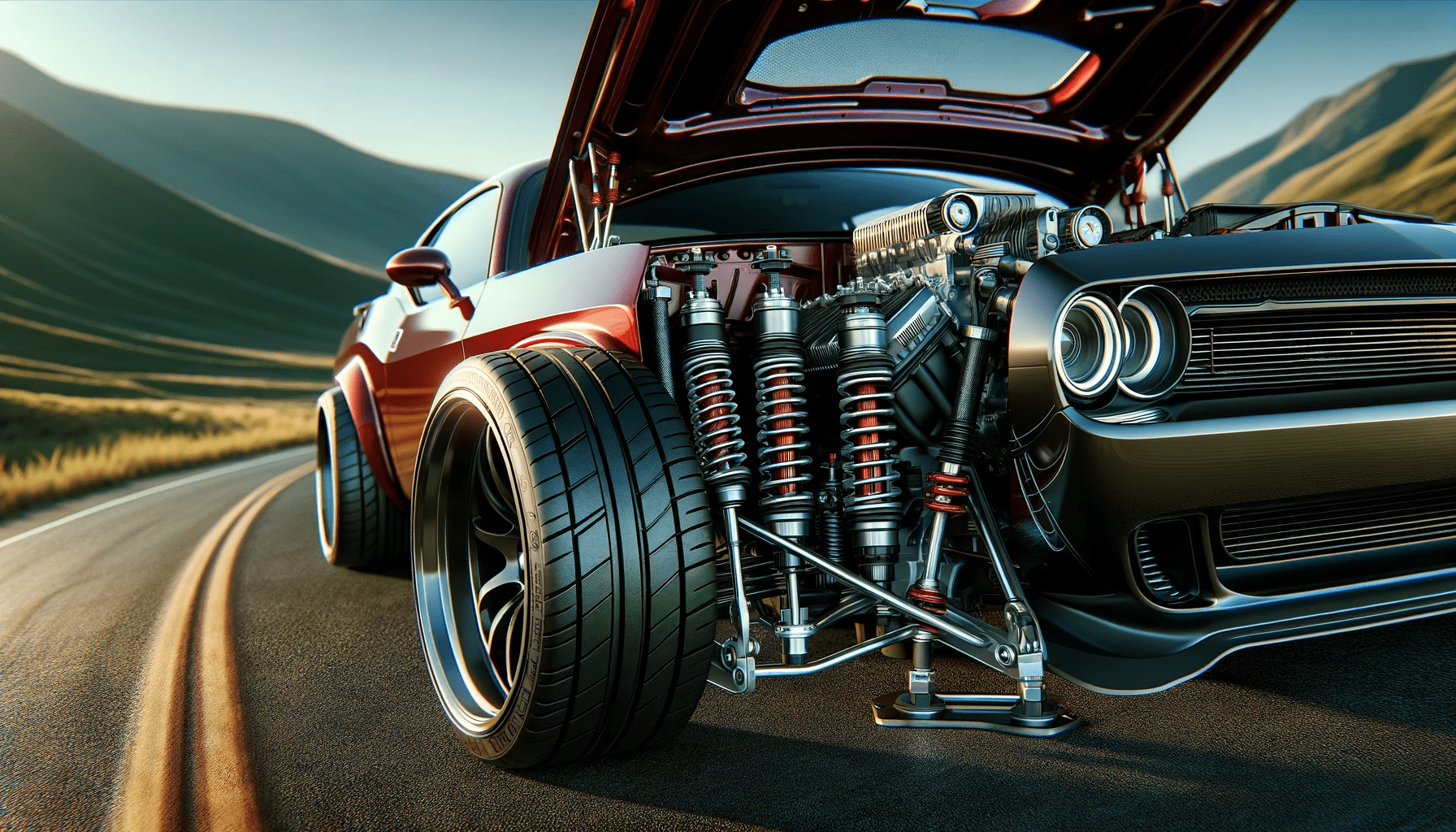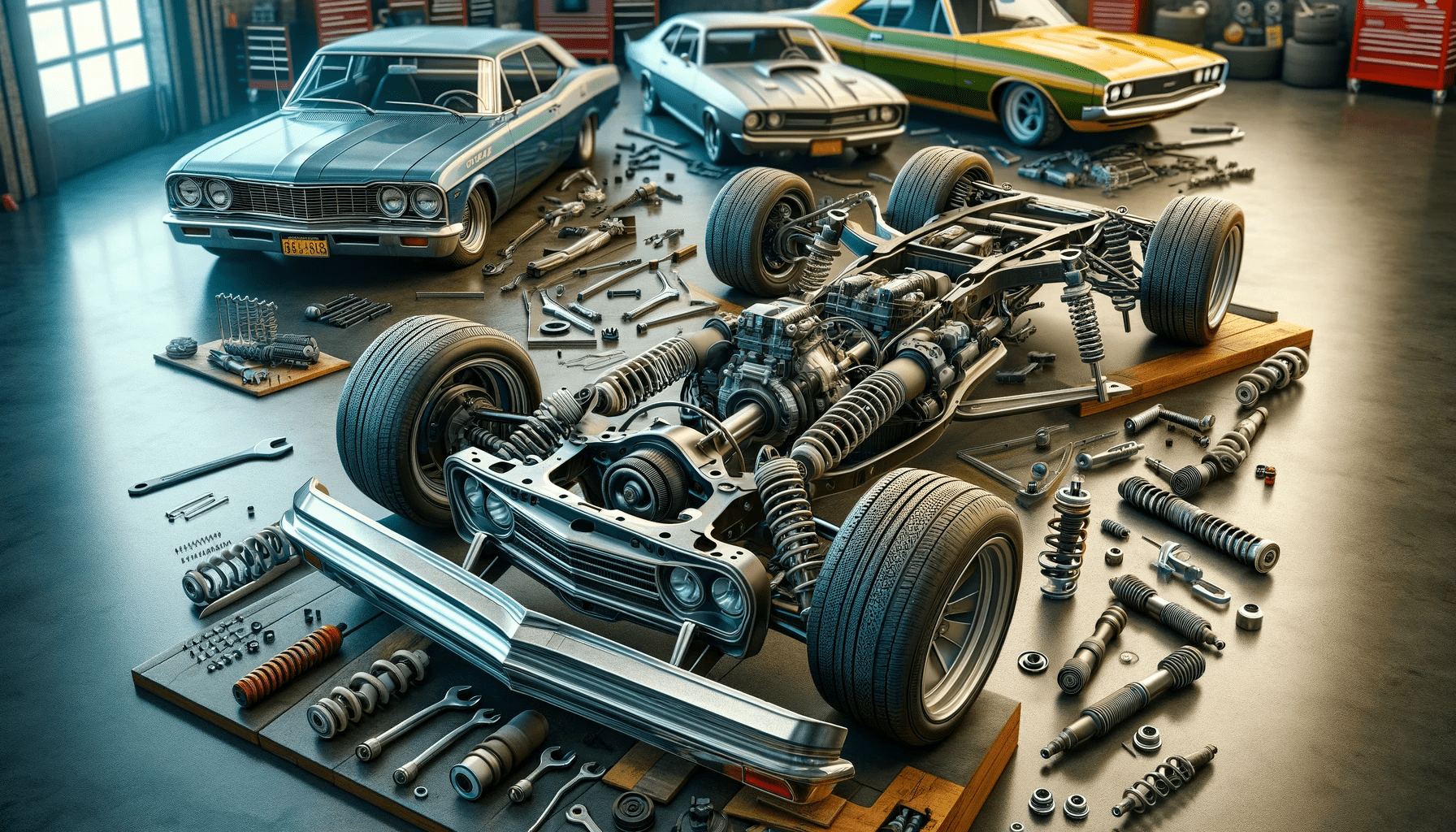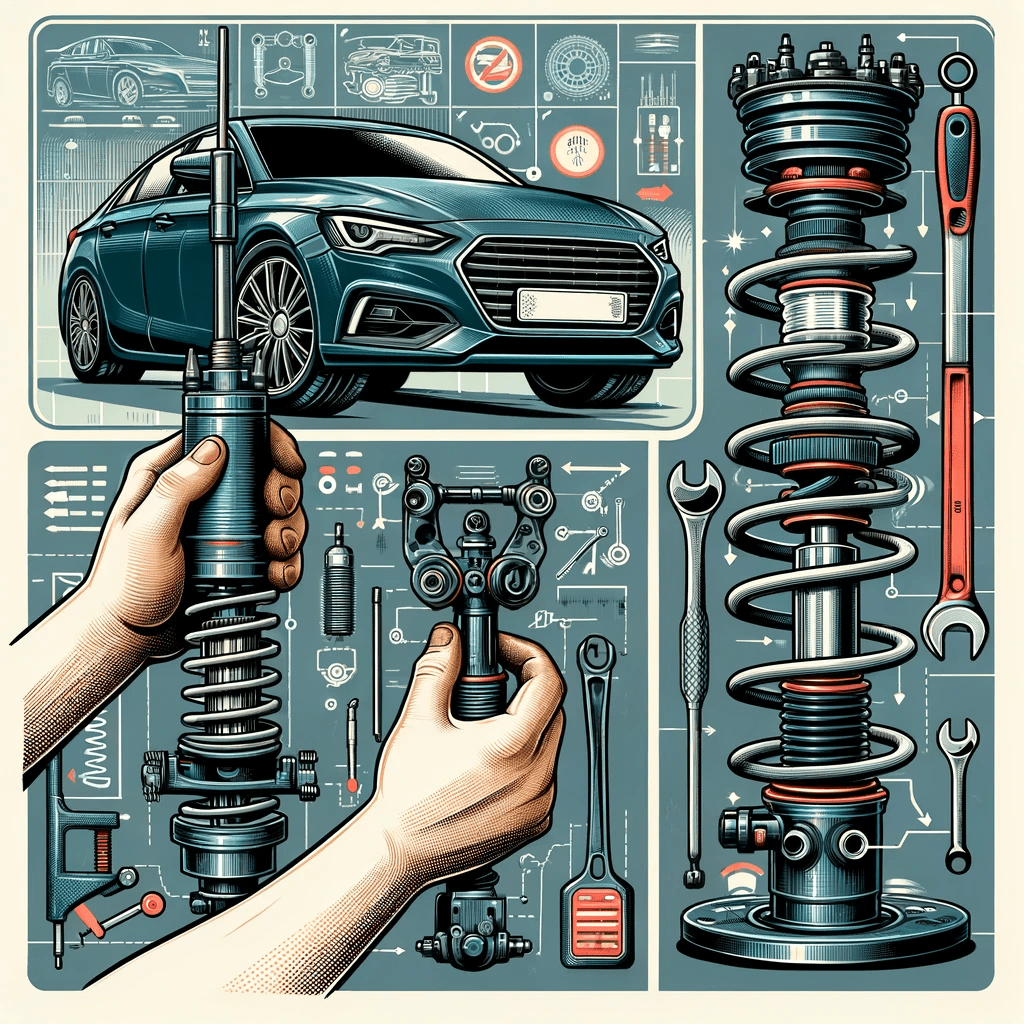Key Takeaways
| What You’ll Learn | Key Points |
|---|---|
| Understanding Ride Height | Ride height affects both performance and aesthetics of a vehicle. |
| How to Adjust Ride Height | Various methods include coilovers, springs, and suspension kits. |
| Performance Implications | Proper adjustment can improve handling, speed, and stability. |
| Aesthetic Considerations | Lowering can give a sleek look, raising can prepare for off-road. |
| DIY vs Professional Installation | Know when to call in the pros from Nashville Performance. |
Adjusting your ride height is like tailoring a suit: it must be done with precision and an eye for detail. Whether you’re gunning for that low-rider look or aiming to tower over the road, getting it right is a dance of functionality and flair.
Understanding Ride Height

Ride height—the space between your car’s chassis and the road—plays a pivotal role in your car’s character. It’s a Goldilocks scenario: too low and you’ll scrape over speed bumps, too high and you might find yourself impersonating a sail in strong winds.
Methods of Adjustment
- Coilovers: Precision tools for a custom ride. They offer adjustability and can dramatically change how your car handles. Dive into the coilovers vs. springs debate to see what fits your car.
- Lowering Springs: Perfect for a subtle drop. They can lower your center of gravity, potentially improving handling—think less lean in the corners.
- Lift Kits: These are your go-to for raising the stakes. Ideal for off-road enthusiasts who need clearance for rocky adventures.
- Air Suspension: The magician of suspension systems. At the push of a button, you can raise or lower your ride height. It’s a blend of performance and showmanship.
The Performance Angle
When you tweak your ride height, you’re not just altering looks; you’re also changing how your car behaves on the road. Lowering can mean better aerodynamics and more grip in turns, while raising your ride height can increase clearance for those off-road escapades.
Real-Life Example:
A lowered Ford F150 4×4 might look cool on the street, but take it off-road, and you’ll wish you had those extra inches back.
Aesthetics vs. Practicality
The aesthetic appeal of a lowered car is undeniable—it screams speed and sportiness. But practicality can take a hit. Speed bumps and steep driveways become your nemesis. Conversely, a raised vehicle might not win any beauty contests, but it’ll climb over obstacles like a mountain goat.
DIY or Pro?

While adjusting ride height can be a weekend project for the seasoned DIYer, it’s not without risks. An error can lead to a laundry list of issues like uneven tire wear or poor handling. For those less experienced, a professional touch can save a lot of headaches down the road.
Checklist for Professional Help:
- Complex adjustments
- Lack of proper tools
- Safety concerns
- Warranty considerations
Pros and Cons: Lowering vs. Raising Ride Height
| Ride Height Adjustment | Pros | Cons |
|---|---|---|
| Lowering | – Improved aerodynamics and stability. | – Increased risk of undercarriage damage. |
| – Enhanced cornering due to lower center of gravity. | – Potentially harsher ride quality. | |
| – Sleek, aggressive look. | – Difficulty with speed bumps and steep driveways. | |
| – Potentially better fuel efficiency. | – May require more frequent suspension maintenance. | |
| Raising | – Increased ground clearance for off-road capability. | – Higher center of gravity can affect handling negatively. |
| – Better visibility for the driver. | – Potential for decreased fuel efficiency due to drag. | |
| – Less worry about damage to undercarriage from obstacles. | – Could affect the vehicle’s aerodynamics and speed. | |
| – Can accommodate larger tires for better traction off-road. | – Might not be aesthetically pleasing to some. |
This table provides a quick overview for enthusiasts considering altering their vehicle’s ride height. Whether you’re looking to lower your car for that street-ready racer edge or lift it for the rugged trails, understanding these pros and cons is crucial. For a deeper dive into the intricacies of tuning for specific vehicle models, enthusiasts can explore articles like the best shocks for Ford F150 4×4, which offer targeted advice for performance upgrades.
Conclusion
Ride height adjustment is a powerful tool in your car tuning arsenal. Whether you’re doing it for the looks, the performance, or a bit of both, make sure you do it right. If you’re unsure about the best path to take, consider consulting the experts at Nashville Performance. They can guide you through the process, ensuring your ride not only turns heads but also delivers the performance you crave.
Remember, adjusting your car’s ride height isn’t just a cosmetic change. It’s a commitment to a new driving experience. Whether you choose to hover close to the pavement or rise above it, ensure your car’s heart—the suspension—is up for the task. For those ready to dive deeper, explore the basics of suspension mods to fully understand the impact of your adjustments. Happy tuning!





